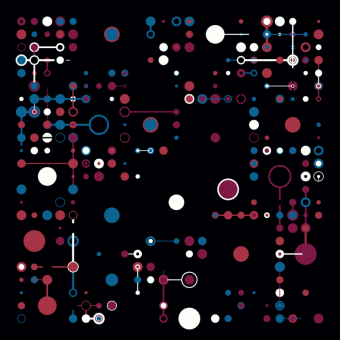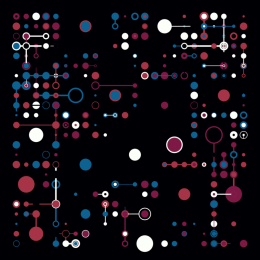
Seminar
Correspondence
Quantitative surveys. Social Science Toolkit
Wednesday 9 October 2024Wednesday 9 October 2024
From 3 to 6 PM
Image

ENS-PSL, salle de conférences du Centre Sciences des Données
ENS-PSL
45 rue d'Ulm
75005Paris
France
48.8418371, 2.3440403
Third session of the course "Enquêtes quantitatives. Boîte à outils pour sciences sociales", given by Théo Boulakia.
What a surprise! Your questionnaire is a success. Thousands of people have agreed to answer your dozens of questions. Now the trouble starts, the cross-sorting is piling up. You'd like to have asked just two questions. Isn't there a way to summarize the information? There are several ways. First, you can "reduce dimensionality", by building synthetic variables from the original information. And then you can group your individuals, according to the answers they have given. We'll see how to do both in succession, how to interpret the results, and how to communicate them. What to do with missing data Why be wary of infrequent modalities? How many classes should be chosen for partitioning? A survey of the first French confinement will bring these technical questions to life.
Wednesday 9 October 2024



